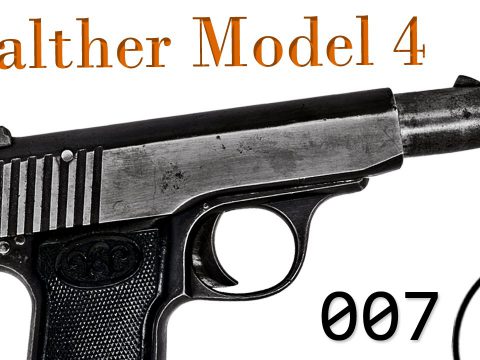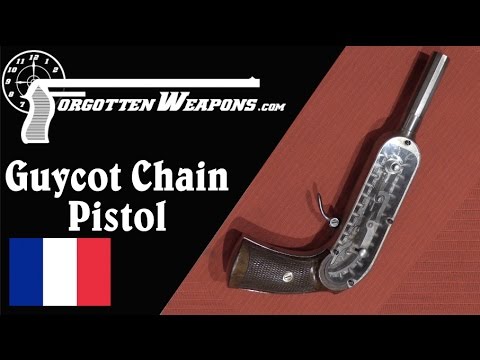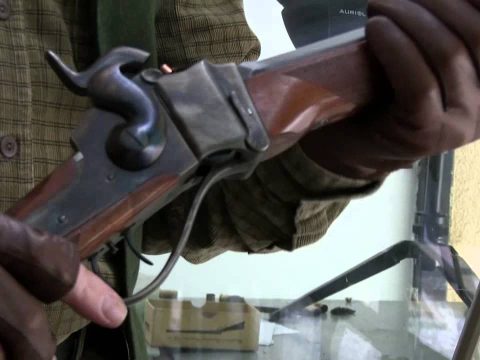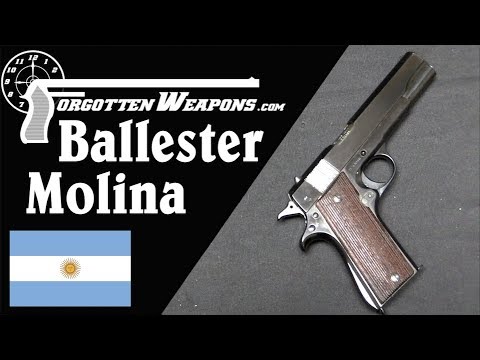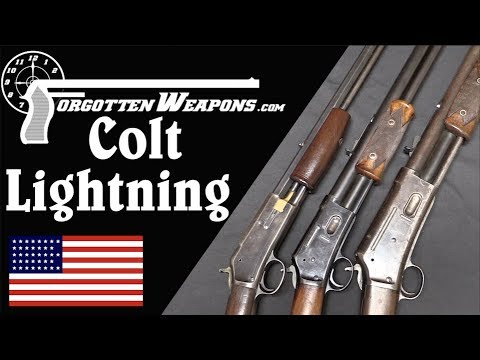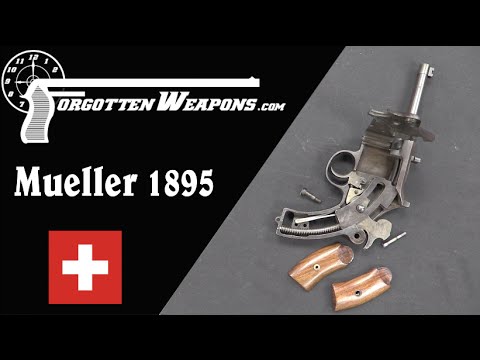http://www.patreon.com/ForgottenWeapons
Cool Forgotten Weapons merch! http://shop.bbtv.com/collections/forgotten-weapons
When the intercepted Jameson Raid made it clear to the governments of the ZAR (Zuid-Afrikaansche Republiek; South African Republic) and the Orange Free State that war with Britain was imminent, a hasty armaments program was undertaken by both countries. The ZAR went looking for small arms, and wound up buying a tiny number of Krag-Jorgensens, a lot of Steyr Guedes single shot rifles, and about 28,000 modern Mauser bolt action repeaters.
The Boer military system at that time (the Second Anglo-Boer War would run from 1899 to 1902) was based on a universal civilian militia. Every male citizen of the Republic was required to present himself for military service when needed, supplying his own horse, rifle, ammunition, and basic ration supply. These were farming nations, with neither the industrial infrastructure nor the wealth to maintain an arms industry or a standing army. While the kommandos
were sufficient for defending again minor border intrusions, they would be severely stressed by a real war.
Because there was no military standard for arms, the men constituting the ZAR’s army were armed with a mixture of all the rifles types available at that time – really anything that a traveling salesman might have brought to the area in the past couple decades. Sniders, British muskets, Kropatscheks, early Mausers, Vetterlis, and more. When the ZAR government purchased its Mauser rifles and carbines form Loewe/DWM, they were then sold at cost to individual Boers as an opportunity to improve and standardize their arms. Men who could not afford to buy one of the Mausers were loaned one by the government. One interested consequence of this entirely private rifle ownership was that a great many Boer rifles were personalized with carvings of names, battles, and decorations. The usual military taboo on modifying Army property did not apply to a Boer’s personal weapon.
ZAR Mausers have no specific crest nor any mention of the country’s name marked on their stocks or receivers, making them difficult to identify by the casual historical firearms enthusiast. Today we will explain the characteristic features of these scarce artifacts of a mostly-forgotten war.
If you enjoy Forgotten Weapons, check out its sister channel, InRangeTV! http://www.youtube.com/InRangeTVShow

At Forgotten Weapons I think the most interesting guns out there are the most obscure ones. I try to search out experimental and prototype weapons and show you how they work, in addition to more conventional guns that you may not have heard of before. You’re much more likely to find a video on the Cei Rigotti or Webley-Fosbery here than an AR or Glock. So, do you want to learn about something new today? Then stick around!
